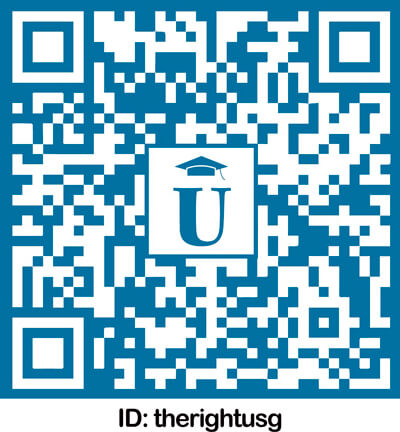fees waived
Environmental Design, Bachelor
University of Western Australia, Australia
Subject ranking
Australia / ARWU 2024 7th
Australia / QS 2026 7th
Australia / THE 2025 8th
Costs
food & rentS$21.4K / year
Entry requirements
Scholarships
Unlimited quantity
Unlimited quantity
Information
Code
Code
Intakes
Website (External)
Programmes
Information
Duration
2029
The Bachelor of Environmental Design at UWA is an undergraduate program encompassing majors in architecture, landscape architecture, and environmental geography and planning. This field offers a comprehensive study of design and planning for natural and built environments, emphasizing the integration of objects, settings, built forms, and landscapes across diverse scales, climates, and cultures. It involves the analysis, conception, and representation of places, objects, and policies that influence our surroundings.Drawing on the expertise of academic staff and industry partners, the program provides flexible study options leading to rewarding careers in innovative planning and design. Graduates can pursue postgraduate degrees in Architecture, Landscape Architecture, Urban Design, and Environmental Planning, for instance.
Architecture provides a rich experience in creative thinking across a broad set of studies bridging the humanities and the sciences. In this major, students engage with the ideas and processes involved in making interventions within built and natural environments. Practical application is supported by consideration of relevant theoretical and ethical aspects of architecture. Units in technology, science, history, theory and communication provide core knowledge of the architecture discipline. In these, students learn how to think and communicate through analytical, critical and representational modes. Running in parallel are the design studio units which offer an immersive and integrative experience. In these units, project-based learning develops students' propositional capacities in relation to a range of contextual concerns: theoretical, environmental, technical, material and spatial. Students learn how to conceptualise and design single buildings, urban configurations and landscapes in response to existing and emerging economic and social needs and desires. Manual and digital technologies and production methods are used to generate drawings, models and prototypes. The major Architecture A includes an emphasis on discovery through drawing in both digital and analogue forms; grounding in cultural landscapes and integration of culturally diverse content; engagement with contexts that are local, regional and international; and an embedding across learning areas of a deep appreciation for sustainability. Students who wish to progress to the Master of Architecture must successfully complete the co-requisite Architecture majors and associated complementary units.

